Take a look inside the pioneering spas around the world that are changing how we experience wellness

The Maximalist Space
Pioneering designs are changing the face of the wellness industry, injecting a dose of colour, print and personality
While the hotels they often inhabit showcase ever more exuberant designs, spas could be accused of playing it safe, with a tried-and-tested formula that’s the visual equivalent of the nature sounds unfailingly piped in. But with a series of pioneering openings flaunting colour, print and a fresh outlook, this could be set to change.
New concept Linnaean (top and below) in London’s Battersea is promising to shake up the often siloed approach to wellness spaces, offering a salon, store and restaurant alongside hi-tech treatments. In the hands of designer Martin Brudnizki, renowned for his eclectic yet expertly layered aesthetic, it was never going to be a subdued affair. ‘I’ve always been a colour and pattern advocate, even when designing a calming treatment room,’ he explains, before nodding to a necessary sense of balance. ‘At Linnaean, the rooms are lined with beautiful, patterned Christopher Farr Cloth wallpaper, the pale pinks and greens
muted and soft so the overall ambience is cocoon-like and intimate’.

It’s that sense of equilibrium that captures the concept’s philosophy: ‘We help our guests to keep up with modern life, while maintaining balance,’ says founder Elena Tayleur. ‘It’s a nourishing and stimulating blend.’ Creating the invigorating space was rooted in context for the designer: botanist and namesake Carl Linnaeus was a fellow Swede, and Brudnizki credits the mix of colour and pattern with florals and greenery – not to mention the Josef Frank fabric-covered lampshades – as ‘very Swedish’. ‘It embodies the pioneering spirit of Linnaeus. We’re breathing new life into the luxury salon scene’ (linnaean.co.uk).
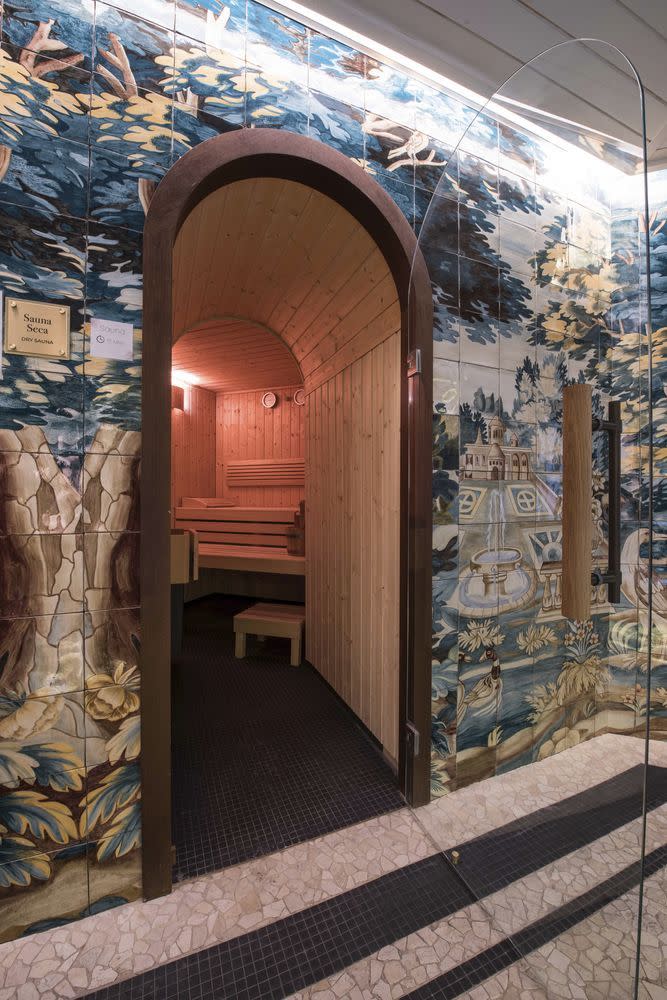
For Barcelona-based Lázaro Rosa-Violán, designing the first outpost of hotel chain Bless in Madrid (above) presented a typical urban spa predicament – and posed an opportunity to break the mould. ‘The spa is located in the basement without any natural light, so we wanted to create a landscape view to bring life inside.’ The solution? Hundreds of hand-painted tiles inspired by the pastoral tableaux of 18th-centurySpanish tapestries, which wrap the circular spa vestibule from floor to ceiling and frame entrances to the hammam, sauna and massage room (blesscollectionhotels.com).
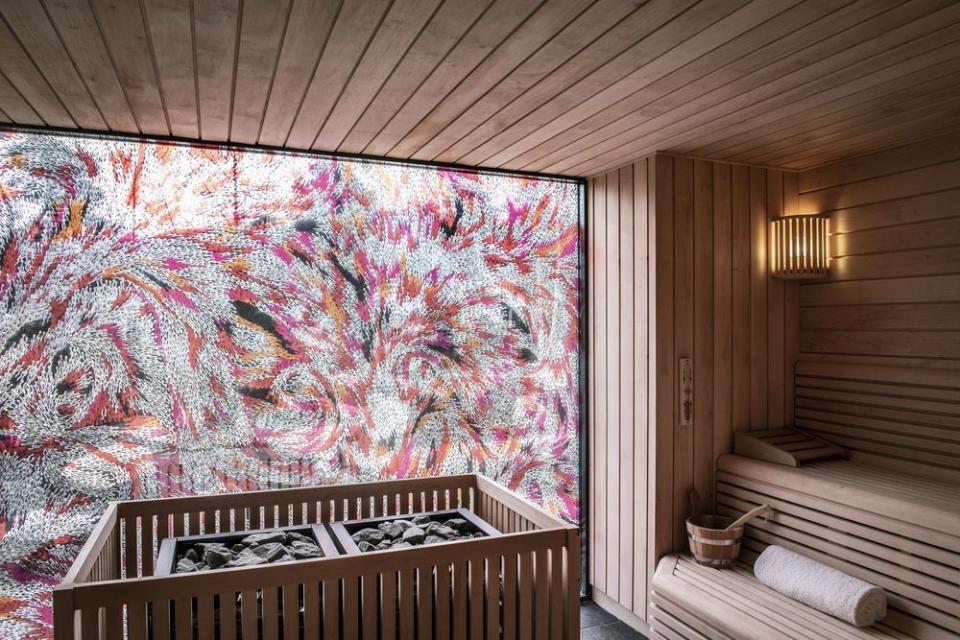
There’s more bold artisanal appeal at the new Albamhor Spa at The Fife Arms (above), the gloriously irreverent Highlands hotel reopened last year by art world aficionados Iwan and Manuela Wirth of Hauser & Wirth. Among the estate’s inimitable collection of contemporary art are vibrant glass murals by Indian artist Bharti Kher, commissioned for the sauna and relaxation area. In a converging approach to art in context, Kher’s pieces are printed with Indian bindi motifs in hues inspired by an algae-covered pool of water ina South Indian temple, as well the shades found on the Scottish moors (thefifearms.com)
The Members Spa
With sleek gardens and personal health coaches, the new breed of health club is a serious investment in wellbeing

What’s more of-the-moment than a subscription to wellness? As the membership model permeates every area of modern life, spa operators are following suit and they’re driven by the allure of an exclusive experience – and elevated by seriously stylish interiors.
They don’t come more hotly-anticipated than The Well (above), a members-only blend of private gym, organic restaurant, health consultation and full-service spa – replete with meditation dome– newly opened in New York City. US-based designer Liubasha Rose, whose studio Rose Ink Workshop conceived the interiors, says: ‘It was designed to build a community around a shared goal; to function as an ecosystem in which the practices supplement each other.’ This sense of harmony and kinship has been imbued across the cavernous18,000-square-foot complex, with curved forms, textured walls, and soft, diffused light via pendants by Apparatus. Membership includes monthly health coaching, dinners and workshops (around £292 per month, with an under-32 rate available; the-well.com).
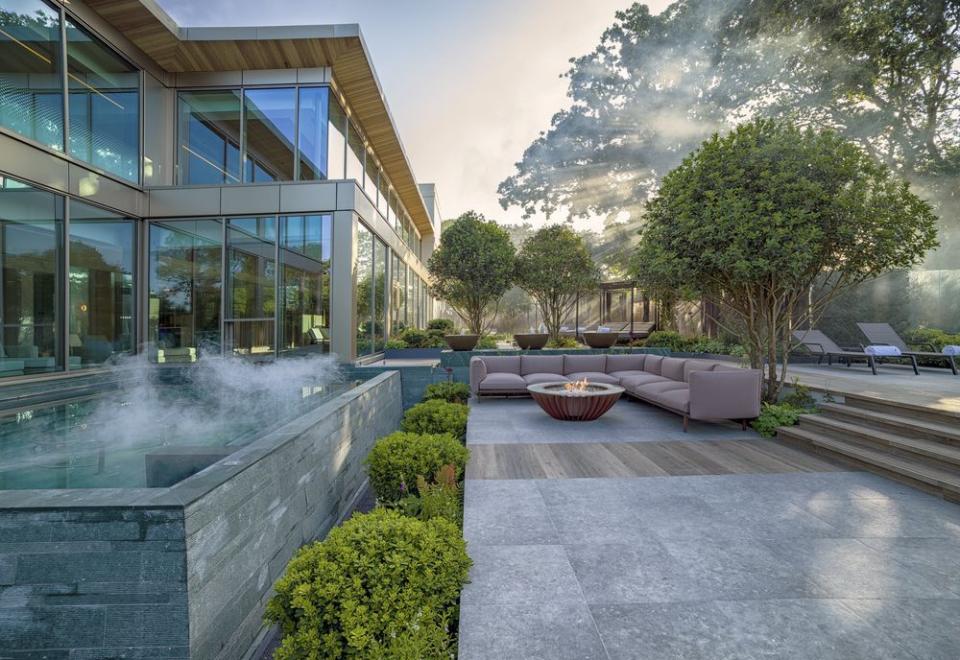
The Well’s opening coincided with a similar story closer to home:the revamped spa at St Albans’ Sopwell House, said to be the UK’s first to operate on a membership model. While the home counties aren’t short on spas, this shake-up is state of the art, with three storeys of saunas, relaxation rooms and hydrotherapy pools by London’s Sparc studio, as well as a garden (above) by award-winning designer Ann-Marie Powell. Organised by a two-tiered system, only guests subscribing to The Club at Cottonmill are given access-all-areas wristbands (from £130 per month; sopwellhouse.co.uk).
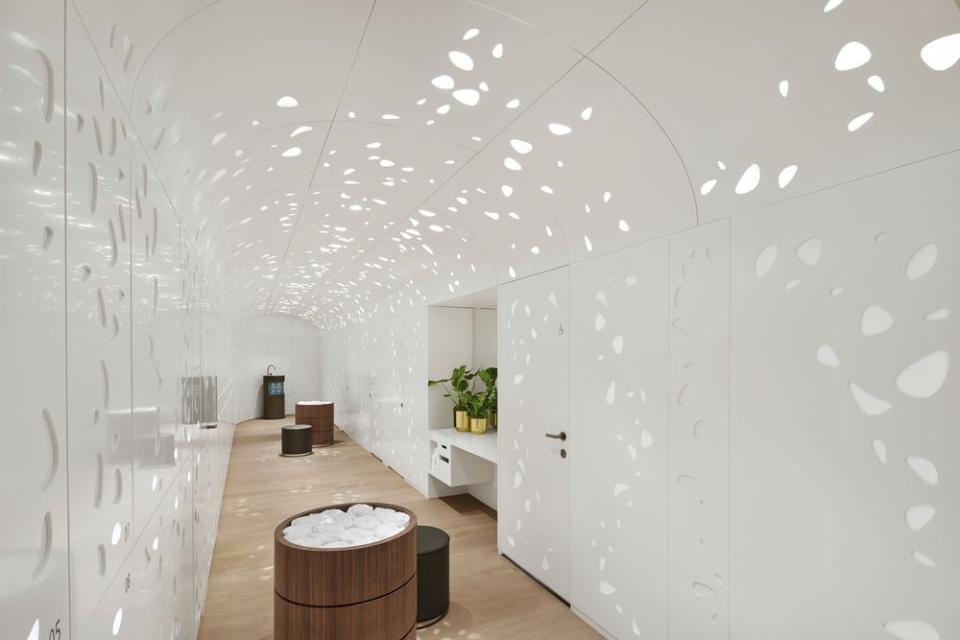
For Mayfair’s 150-year-old The Arts Club, the marriage of membership and wellness makes total sense. In partnership with Swiss wellness pioneers Lanserhof, it tasked Ingenhoven Architects with transforming a property (above) opposite into a health club. ‘We’re seeing people become increasingly aware of their physical and mental wellbeing,’ says managing director John Attard. ‘It’s being recognised as our most precious asset’ (from £6,500 per year; theartsclub.co.uk)
The Conscious Spa
As sustainability takes high priority, spas are combining eco initiatives with a community-spirited design approach
For some of autumn’s most exciting openings, considering our place on the planet forms an integral part of the wellness picture. These spas tread more lightly, promoting trail-blazing sustainability credentials, a sense of respect for their often remote locales and a commitment to serving their communities.

The opening of Lefay’s inaugural Lake Garda resort in 2008 was a revelation – here was a new breed of spa that offered the ultimate in five-star luxury while utilising renewable energy and offsetting its CO2 emissions. It’s these principles that have guided their much-anticipated second property, Lefay Dolomiti (above), which boasts a vast 5,000-square-metre spa stocked with Lefay’s range of sustainable, cruelty-free products developed in 2017.

For designer Alberto Apostoli, there was the matter of ‘emotional sustainability’,too. ‘The term sustainability has a broader meaning; it’s not limited to green energy and ecological materials but also design at the service of psychological wellbeing.’ To capture this, geographical context was key. ‘We started with an in-depth study of the Dolomites,’ he explains. ‘We mainly used wood – chestnut and oak above all – and local stone tonalite’ (dolomiti.lefayresorts.com).
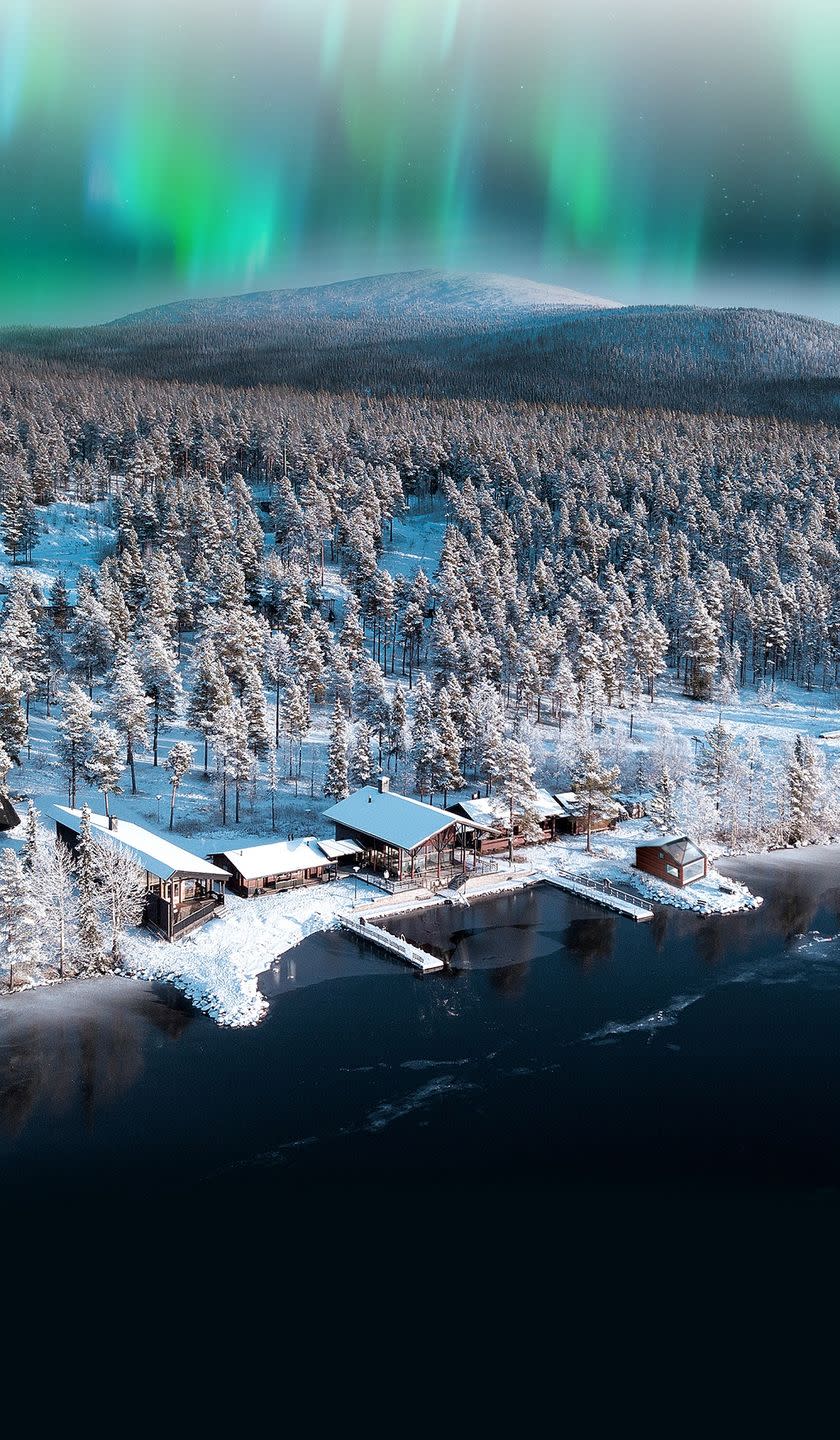
Equally in sync with its bountiful natural surroundings is eco concept Arctic Elements Lakeside Spa, set in Finland’s far north. Situated on the shore of Lake Jeris – a location said to have the cleanest air of any inhabited area in the world – its five saunas are powered by wind, water and solar energy, while water is funnelled from a nearby spring. It’s the first of its kind for the spa-crazed country, which considers the sauna as an essential space for meditation and both mental and physical health. Here, immersion in nature forms an intrinsic part of the wellbeing experience; the pièce de résistance is a glass-panelled, panoramic fifth sauna, which is dedicated to watching the aurora borealis (theaurorazone.com).
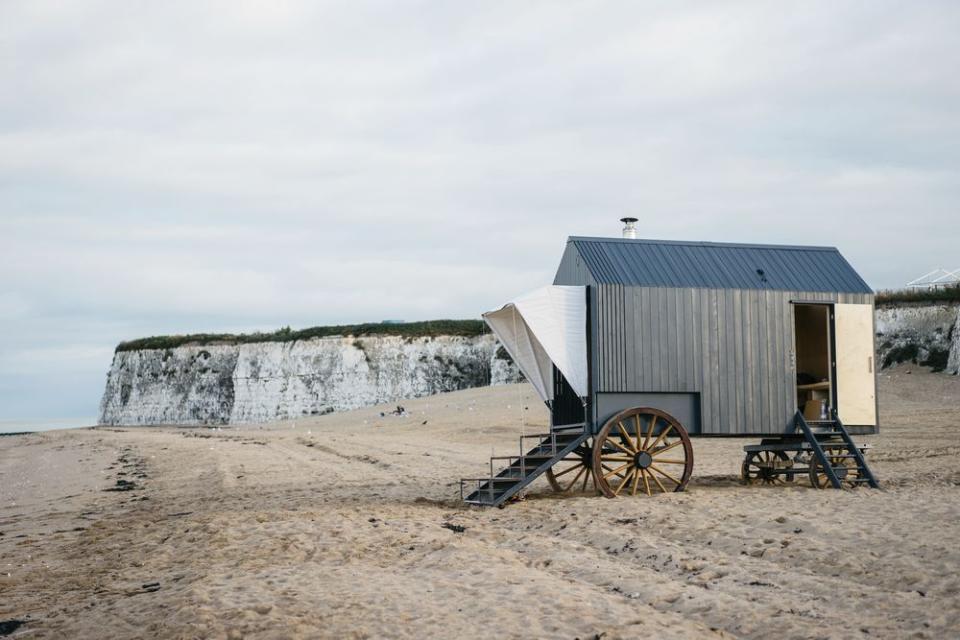
The sauna might not enjoy the same status in Margate, but a new shoreside ‘bathing machine’ (above), commissioned by local natural skincare brand Haeckles, is an enticing prospect. It’s a story about community; conceived via a crowd-funding campaign in 2014 and designed by architecture firmRe-Works Studio, the sauna is funded by locals who are asked to contribute what they can. ‘It was always intended as a gift for the town,’ explains Haeckles’ founder Dom Bridges of theVictorian-inspired structure, which he hopes will reacquaint Margate’s residents with its health-giving, seaweed-rich waters (haeckels.co.uk).
It’s a reminder that wellbeing and environment are inextricably linked, and that low impact architecture is only one factor – what makes a space restorative is far harder to define.
This article appeared in the January 2020 issue of ELLE Decoration
Like this article? Sign up to our newsletter to get more articles like this delivered straight to your inbox.

 Yahoo News
Yahoo News 